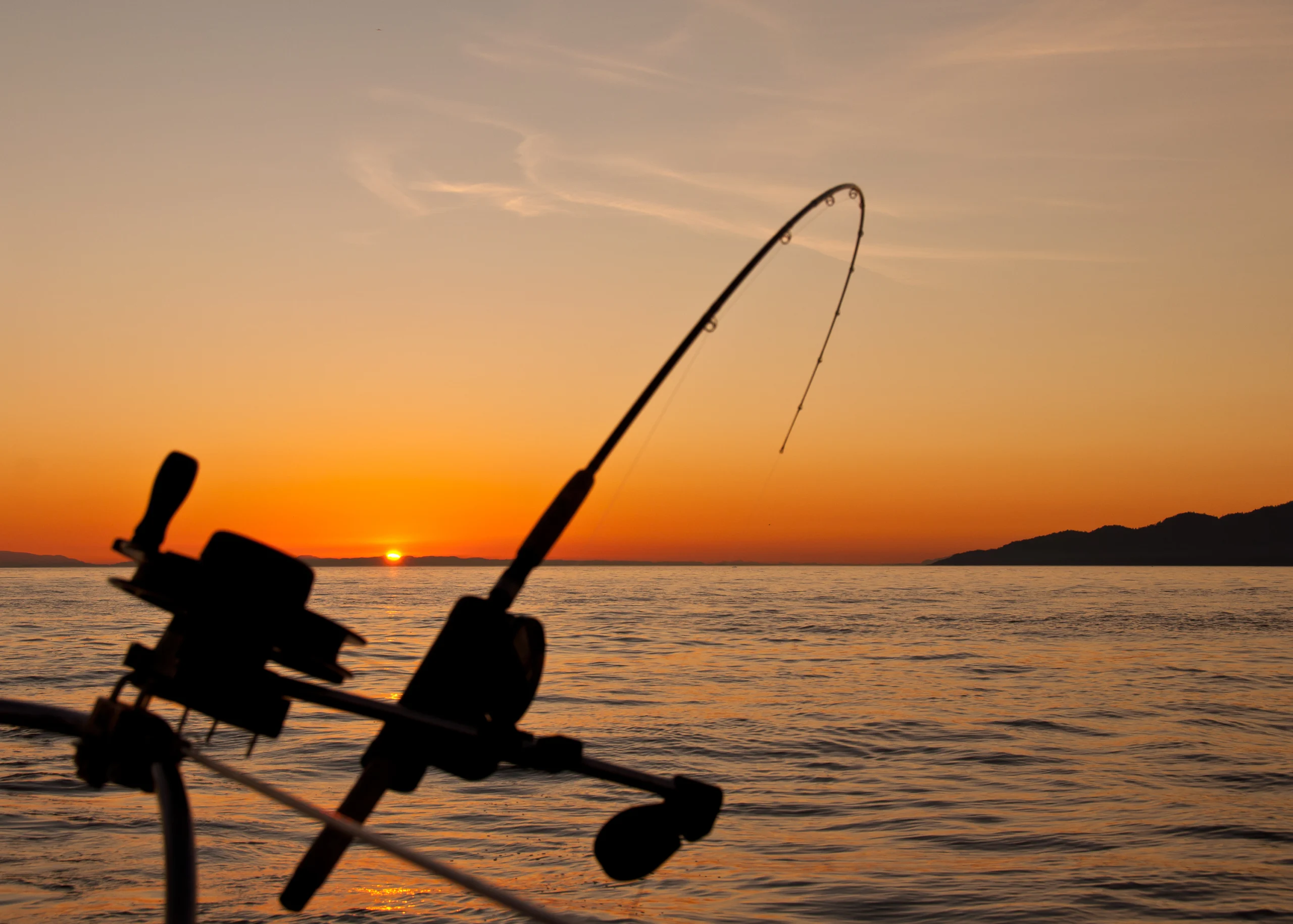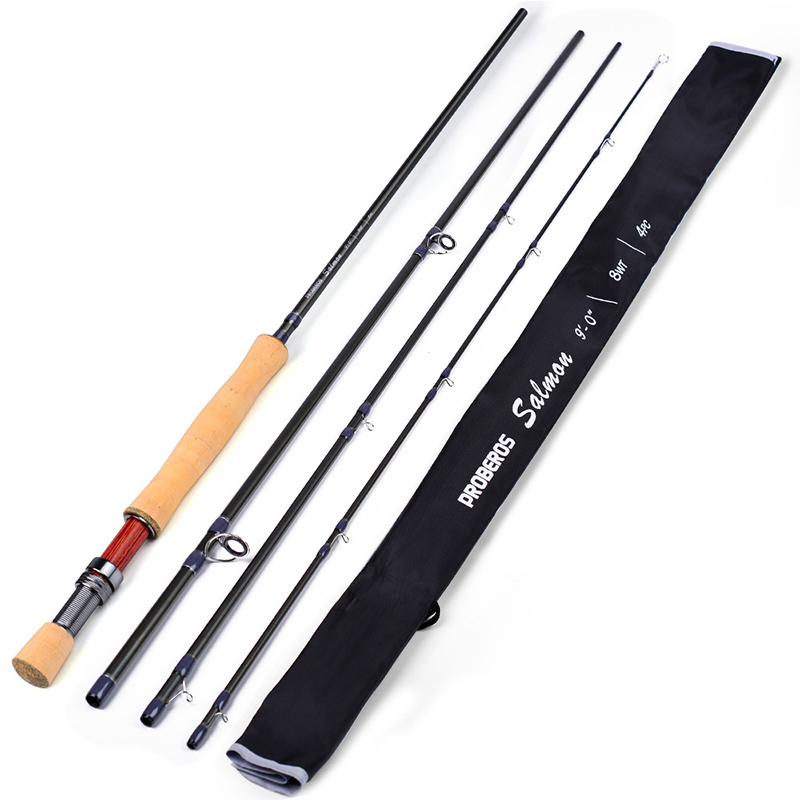Fishing gear can look pretty similar on a shelf. Glossy rods, shiny hooks, spools of line—at first glance, they all promise great catches. But the past year has shown that a few best fishing equipment in each category truly outperformed the rest. They weren’t just good in theory; they held up to constant use, rough conditions, and the expectations of serious anglers. One of the suppliers behind some of these standouts is Laike, a manufacturer with over a decade in the fishing tackle trade. Based in Weihai and connected to more than 200 partner plants across China, Laike exports rods, reels, and accessories to over 100 countries. They don’t just design products on a computer—gear is tested in actual fishing spots, from Canadian lakes to the rocky coasts of Australia. This mix of manufacturing capacity and field testing is part of why their gear ends up in so many pro and hobbyist kits.

How Did Material Choices Influence Gear Performance?
Choosing the right material is where a product’s story really begins. Anglers might forgive a scuffed finish, but if a hook bends under pressure or a rod feels like a broomstick, the product’s lifespan in the market will be short.
Carbon Fiber and Composite Rod Blanks for Strength and Sensitivity
Carbon fiber rods have been a big part of this year’s top performers. They give the kind of strength that can handle large fish, yet remain light enough to hold comfortably during hours of casting. Composite blends—carbon mixed with fiberglass—added a bit of toughness without too much extra weight, perfect for beginners who may not handle gear as gently.
High-Carbon Steel Hooks for Penetration and Corrosion Resistance
Hooks often get overlooked in performance discussions, but they’re the real point of contact between angler and fish. The best ones this year used high-carbon steel, tempered for strength, and coated to resist saltwater corrosion. Jig heads with optimized bend angles consistently improved hook-up rates for bottom-dwelling species.
Nylon and Coated Lines for Balanced Stretch and Abrasion Resistance
Nylon fishing lines earned their keep by striking a balance between stretch—which absorbs shocks during fights—and abrasion resistance, which is critical in rocky or snag-filled environments. Some came with special coatings to cut water absorption, making them more predictable across multiple trips.
Why Did Certain Designs Excel in Real Fishing Conditions?
Lab tests and spec sheets are fine, but the real test comes when the gear is out on the water.
Rod Actions Matching Target Species
The medium-fast action rods that shined this year had the backbone to set hooks into bass and pike but enough tip flex to play trout without tearing hooks free. For wholesalers, stocking versatile actions means fewer SKUs to cover more customers.
Hook Shapes Maximizing Hook-Up Rates
Circle hooks continued to dominate in saltwater because they tend to catch in the corner of the mouth—great for catch-and-release. Treble hooks with slightly inward-angled points showed better retention on aggressive lure strikes.
Line Diameter and Coating for Casting Distance
Thinner lines with consistent diameter improved lure presentation, especially in clear water where fish are cautious. Coatings that reduced surface friction gave noticeable gains in casting distance—a detail many weekend anglers notice immediately.
What Role Did Manufacturing Precision Play?
Even the best materials can underperform if the build quality is sloppy.
CNC Machined Rod Seats and Guides
Accurate guide alignment isn’t just cosmetic. Poor alignment creates friction, which wears down lines and reduces casting efficiency. CNC-machined seats kept everything tight and secure, even after repeated use.
Uniform Hook Tempering for Strength
Inconsistent heat treatment can make some hooks brittle and others too soft. High-end batches showed uniform tempering, giving predictable strength across the entire product run.
Consistent Line Diameter Across Spools
Lines with variable thickness frustrate anglers because knot strength and casting become unpredictable. Quality control here meant better reviews and repeat orders.
How Did Versatility Affect Market Success?
The more situations a piece of gear can handle, the better it sells across regions and seasons.
All-Season Rods for Freshwater and Saltwater
Certain blanks worked equally well for inland lake fishing and inshore saltwater, resisting corrosion while maintaining sensitivity.
Hooks for Multiple Fishing Styles
Jig heads designed for vertical jigging also performed in casting scenarios and ice fishing. That adaptability meant one SKU could serve three different retail categories.
Lines That Adapt to Varied Water Clarity
Clear lines remained popular for clear-water lakes, while camouflage versions found their way into murky river setups. Offering both on the same spool series boosted sales without increasing production complexity.
Which Features Delivered the Best ROI for Buyers?
In B2B, the gear that performs best isn’t just the toughest—it’s the one that makes financial sense for wholesalers and retailers.
Durability Reducing Replacement Costs
Carbon Fly fishing rod with reinforced joints led to fewer returns. Over a season, that’s real savings in warranty processing.

Packaging That Adds Shelf Appeal
Retail-ready blister packs for hooks and labeled spools for lines reduced prep time for store staff, letting products go straight to the shelf.
OEM/ODM Options for Private Label Expansion
Custom grip textures, hook colors, or spool branding gave retailers ways to stand out without having to design from scratch.
How Can Wholesalers Use These Insights for 2025 Stock Planning?
This year’s standouts share some common traits of best fishing equipment—durable materials, thoughtful design, precise manufacturing, and adaptability.
Choosing Proven Materials and Designs
Don’t overcomplicate. Stock rods with carbon fiber or composite blanks, high-carbon hooks, and abrasion-resistant lines.
Prioritizing Multi-Condition Gear for Broader Appeal
Look for SKUs that work in both fresh and saltwater or across different fishing styles. It cuts warehouse costs.
Partnering with Manufacturers Who Offer Consistent Quality
Suppliers with steady QC and flexible OEM options are worth building long-term relationships with, especially if they can deliver quickly.
In a year full of competitive products, the rods, hooks, and lines that rose to the top weren’t always the flashiest. They were the ones that combined solid materials, practical designs, precise manufacturing, and adaptability to different fishing conditions. For wholesalers, these are the products worth betting on—gear that anglers will keep coming back for, season after season.
FAQ
Q1: What’s the most versatile rod type for both fresh and saltwater?
A: A medium-fast carbon fiber blank with corrosion-resistant guides works well in both environments.
Q2: Which hook type has the best retention rate?
A: Circle hooks in saltwater and slightly inward-angled trebles for lures tend to hold fish better.
Q3: Are composite rods worth stocking?
A: Yes—composite blanks offer a good balance of strength, flexibility, and price, appealing to a wider customer base.




